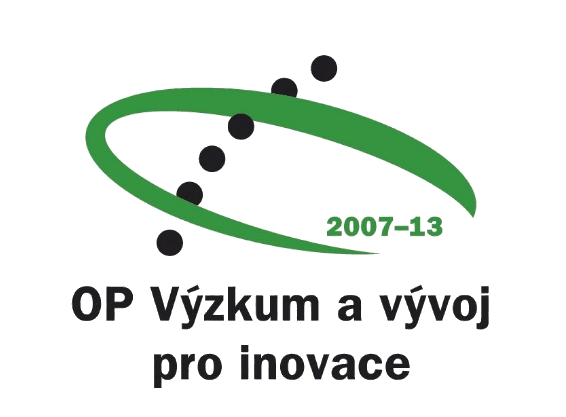
Framework for Collection of Electrophysiology Data
Experiments in electrophysiology produce a lot of unstructured metadata collected in electrophysiology databases. The data are usually accessed through a web interface implemented on the top of data model respecting given data format. A lot of experiments are conducted outside the laboratory where access to these databases is not always available. The usage of mobile devices such as tablets or smart phones seems to be a practical solution, but users would welcome the same structured user interface such as they know from a common computer. When user interfaces of electrophysiology databases are tailored to a unique data struc- ture, they cannot be easily reused on a mobile device. As a solution, a mapping of a general data structure to a graphical template is proposed. This mapping is implemented in a framework that generates a template representing the database structure. The parsing process is driven by supplemented annotations added to the code. Next, an Android tool visualizing a graphical layout generated from the template is developed. A use case study is presented on a database of EEG/ERP experiments.







